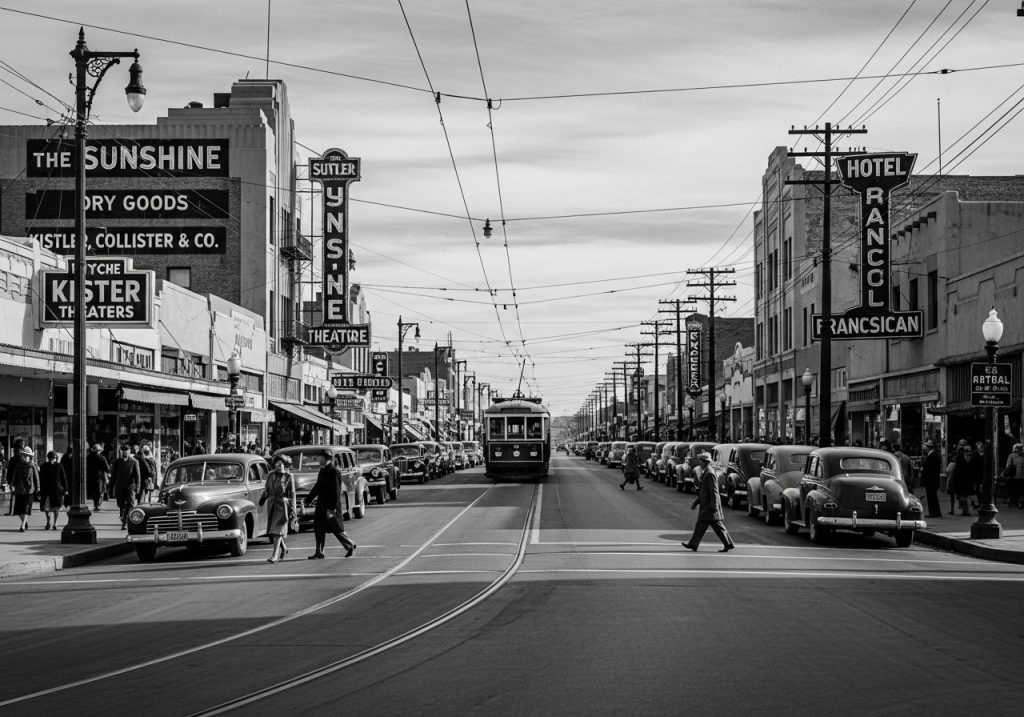
Long before Albuquerque was founded by Spanish colonists, the area was inhabited by Native American peoples, most notably the Tiwa-speaking Puebloans. These Indigenous groups settled along the fertile banks of the Rio Grande, where they built complex adobe dwellings, cultivated crops, and established a thriving society rooted in agriculture, trade, and spiritual practice. Evidence of their early civilization can be found in nearby pueblos like Sandia and Isleta, which still exist today and serve as reminders of the region’s deep Native heritage.
In the 1500s, Spanish explorers, including Francisco Vásquez de Coronado, ventured into the area in search of the mythical Seven Cities of Gold. Although they didn’t find gold, their arrival marked the beginning of a significant cultural shift. Over time, Spanish missionaries and settlers established a colonial presence in the region, converting local tribes to Christianity and instituting European farming techniques and architecture. This melding of cultures laid the groundwork for Albuquerque’s unique cultural blend that persists to this day.
Albuquerque was officially founded in 1706 by Don Francisco Cuervo y Valdés, the Spanish governor of New Mexico. He named the new settlement “La Villa de Alburquerque” in honor of the Viceroy of New Spain, the 10th Duke of Alburquerque. The extra “r” in the original name was later dropped, resulting in the modern spelling. The village was strategically located near the Camino Real, a major trade route that linked Mexico City to Santa Fe. It quickly became a vital stop for merchants and travelers, known for its central plaza, mission church, and organized community layout typical of Spanish towns.
During the 18th and early 19th centuries, Albuquerque grew steadily, largely due to its role as a military outpost and trade hub. The city was deeply influenced by Spanish laws, language, and customs. Despite facing occasional conflict with Native tribes and threats from French and American expeditions, the town maintained its Spanish character until Mexican independence in 1821, which then brought it under Mexican rule.
In 1846, during the Mexican-American War, Albuquerque came under United States control following the signing of the Treaty of Guadalupe Hidalgo in 1848. The American era brought significant change, including the introduction of new governance systems, infrastructure, and an influx of settlers from the eastern United States. In 1880, the arrival of the Atchison, Topeka and Santa Fe Railway spurred dramatic growth. A new “New Town” developed east of the original Spanish plaza, centered around the rail yards, marking the beginning of Albuquerque’s transformation into a modern city.
Economic opportunities tied to the railroad, agriculture, and commerce drew people from various backgrounds, turning Albuquerque into a bustling and diverse urban center. The old Hispanic traditions began to blend further with Anglo-American influences, creating a unique Southwestern culture. Institutions like the University of New Mexico, founded in 1889, played a pivotal role in shaping the city’s educational and intellectual identity.
Throughout the 20th century, Albuquerque continued to grow rapidly. During World War II, the city became a key player in the war effort due to the establishment of military bases and research facilities, including nearby Los Alamos and Sandia National Laboratories. The city’s population swelled, and its economy diversified into aerospace, technology, and defense. Suburban development and automobile infrastructure expanded, giving rise to the modern urban landscape.
Today, Albuquerque is known for its stunning desert vistas, vibrant arts scene, and multicultural heritage. Events like the Albuquerque International Balloon Fiesta and the preservation of Old Town highlight the city’s blend of ancient traditions and modern innovation. Despite the challenges of urban growth and socio-economic disparities, Albuquerque continues to honor its layered past while looking toward a dynamic future.